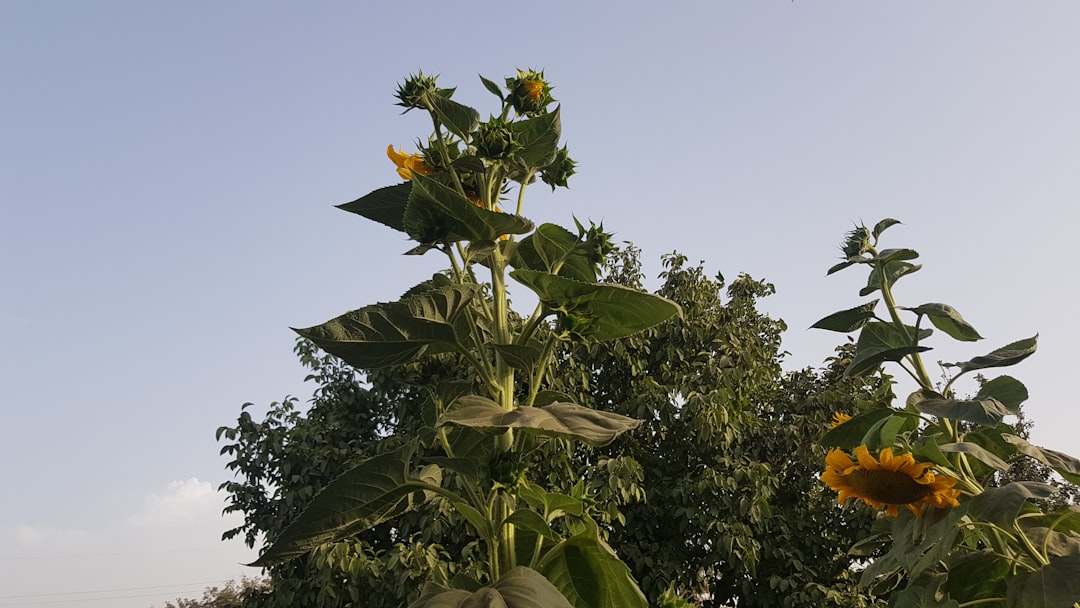Unveiling the Secrets of Landscape Fabric Usage

Landscaping is an art form that combines nature and design to create beautiful outdoor spaces. One essential element in modern landscaping is landscape fabric. This seemingly simple material plays a crucial role in maintaining the health and aesthetics of your garden. In this article, we will delve into the basics of how and where to use landscape fabric the right way.
First and foremost, let's understand what landscape fabric is. Landscape fabric, also known as weed barrier fabric, is a permeable material typically made from polypropylene or polyester. It is designed to allow water, air, and nutrients to penetrate the soil while preventing weeds from growing. This makes it an invaluable tool for gardeners and landscapers alike.
When it comes to using landscape fabric, the first step is to choose the right type. There are two main types of landscape fabric: woven and non - woven. Woven landscape fabric is more durable and can withstand heavy foot traffic and the movement of garden equipment. It is ideal for areas where long - term weed control is needed, such as around trees and shrubs. Non - woven landscape fabric, on the other hand, is lighter and more flexible. It is better suited for areas with less traffic, like flower beds and vegetable gardens.
Before laying the landscape fabric, proper site preparation is essential. Start by clearing the area of all existing weeds, rocks, and debris. Rake the soil to create a smooth and level surface. This will ensure that the fabric lies flat and adheres well to the ground. It's also a good idea to mark out the area where you plan to install the fabric, using stakes and string.
Once the site is prepared, it's time to lay the landscape fabric. Unroll the fabric over the marked area, making sure to overlap the edges by at least 6 inches. This will prevent weeds from growing through the seams. Use landscape fabric pins or staples to secure the fabric to the ground. Place the pins or staples every 12 to 18 inches along the edges and at regular intervals across the fabric.
Now, let's talk about where to use landscape fabric. One of the most common applications is in flower beds. By laying landscape fabric beneath the mulch in flower beds, you can significantly reduce the amount of time and effort spent weeding. The fabric allows water and nutrients to reach the plants' roots while keeping weeds at bay. It also helps to maintain the moisture level in the soil, reducing the need for frequent watering.
Another great place to use landscape fabric is around trees and shrubs. The fabric acts as a barrier, preventing grass and weeds from competing with the plants for nutrients and water. This promotes healthy growth and reduces the risk of damage to the tree or shrub's roots. When using landscape fabric around trees, make sure to cut a hole in the fabric for the trunk and leave some space around it to allow for air circulation.
In vegetable gardens, landscape fabric can be a game - changer. It helps to keep the soil warm, which is beneficial for early - season planting. It also reduces soil erosion and keeps the vegetables clean by preventing dirt from splashing onto them. However, when using landscape fabric in vegetable gardens, it's important to choose a fabric that is safe for food crops and to make sure that the plants have enough access to sunlight and air.
One important thing to note is that landscape fabric is not a permanent solution. Over time, the fabric can break down due to exposure to sunlight, weather, and the movement of soil. It's a good idea to inspect the fabric regularly and replace it if it shows signs of wear and tear. Additionally, while landscape fabric can significantly reduce the growth of weeds, it may not eliminate them completely. Some persistent weeds may still find a way to grow through the fabric, so it's important to stay vigilant and pull any weeds that do appear.
In conclusion, mastering the basics of how and where to use landscape fabric the right way can transform your landscaping efforts. By choosing the right type of fabric, preparing the site properly, and using it in the appropriate locations, you can enjoy a weed - free and beautiful outdoor space. Whether you're a seasoned gardener or a novice landscaper, landscape fabric is a tool that can save you time, money, and a lot of hard work. So, go ahead and give it a try in your next landscaping project.